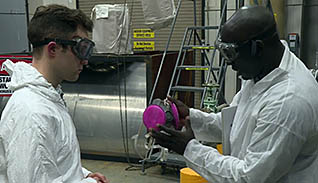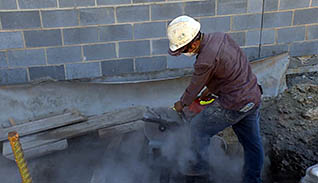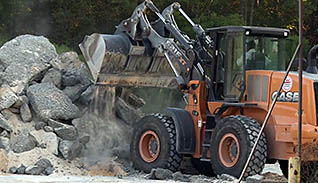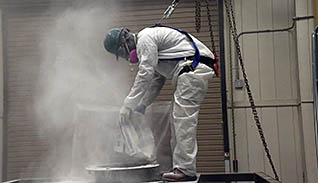Crystalline Silica Employee Training
- Product ID
- eriscset_vod
- Training Time ?
- 15 to 25 minutes
- Language(s)
- English,Spanish
- Video Format
- High Definition
- Required Plugins
- None
- Number of Lessons
- 10
- Quiz Questions
- 10
- Closed Captioning
- Question Feedback
- Wrong Answer Remediation
- Lesson Bookmarking
- Downloadable Resources



Crystalline silica is a naturally occurring substance used in many industries, from construction to food manufacturing to the production of glass and water and sewage treatment. Unfortunately, exposure to excessive amounts of silica dust can be harmful to one’s health. This training first introduces what silica is, and what it is composed of. The other name for it is Silicon Dioxide (Si02). It can be incredibly toxic, even though it is naturally found in the environment, which is why it is important to understand what it is, and what the risks are working with it. Exposure to silica dust is linked to an increase risk of developing lung cancer and silicosis.
OSHA has required standards to regulate exposure. The multimedia video goes over these regulations and demonstrates the engineering controls to help reduce exposure, as well as work practices employees can use to reduce their risk.
Respiratory protection is covered in this training. Certain types of job tasks require different types of protection while working with the material. The training also goes over Table 1 of the Construction Regulation that OSHA has set up. Use this safety training to help employees prevent exposure to silica dust.
![]() This course is in the Video On Demand format, to read about Video On Demand features click here.
This course is in the Video On Demand format, to read about Video On Demand features click here.

- Full-screen video presentation
- Print certificate and wallet card
- You have 30 days to complete the course
Any worker in contact with Crystalline Silica
- Introduction
- Characteristics and Properties
- Effects of Exposure
- Regulations
- Engineering Controls
- Work Practice Controls
- Respiratory Protection
- Table 1 of the Construction Regulation
- Responding to Exposures
- Conclusion
© Mastery Technologies, Inc.


